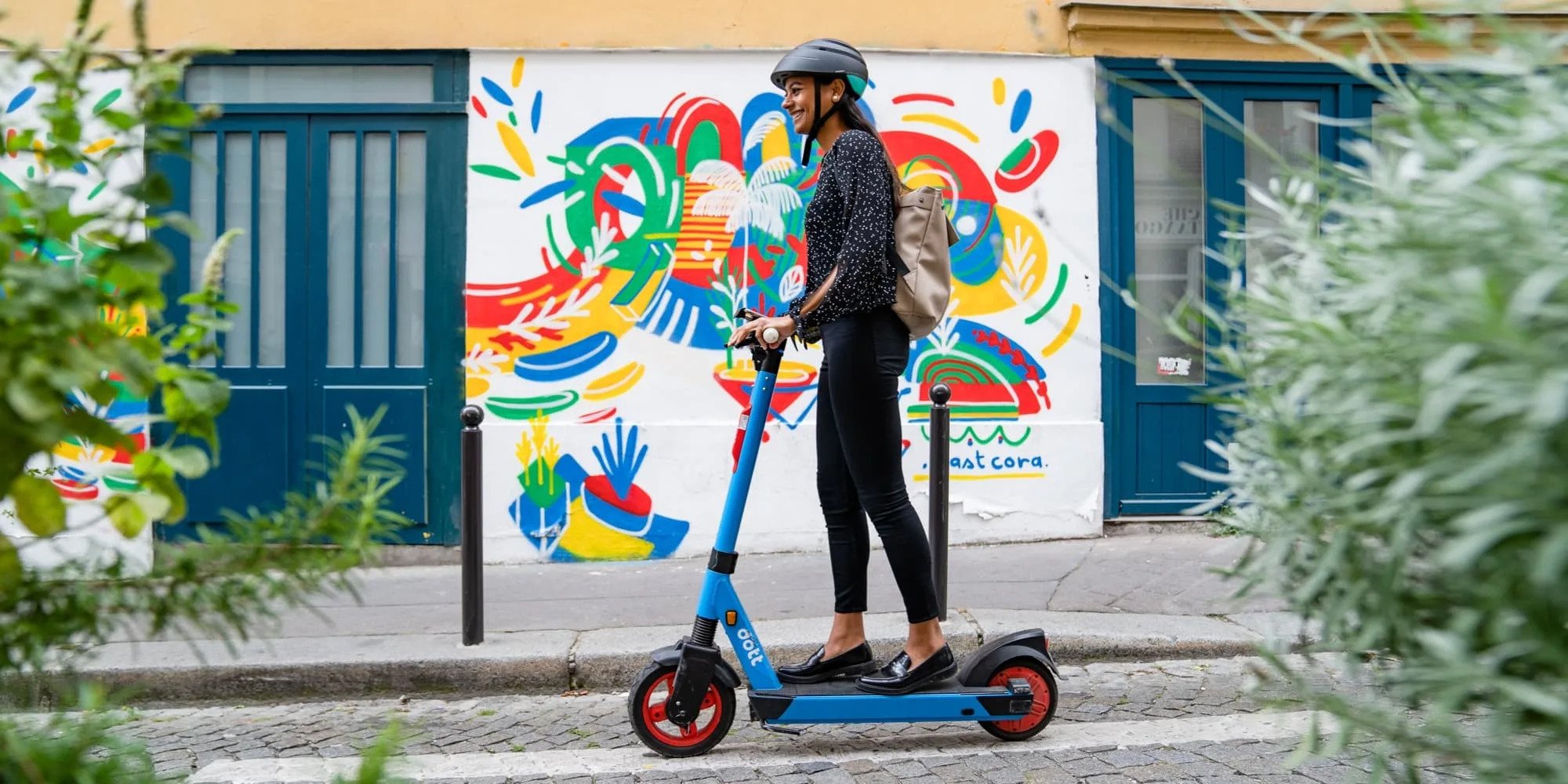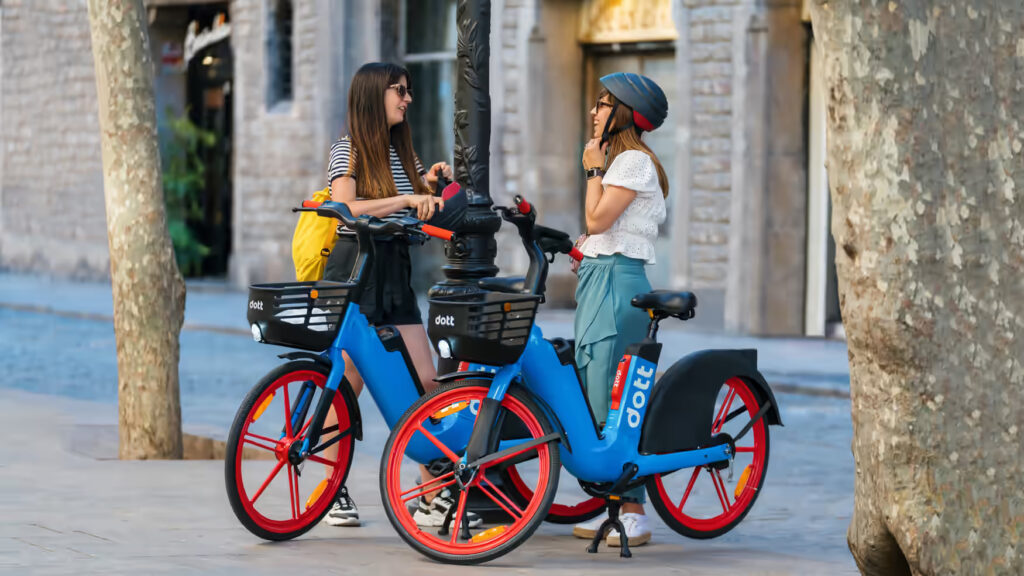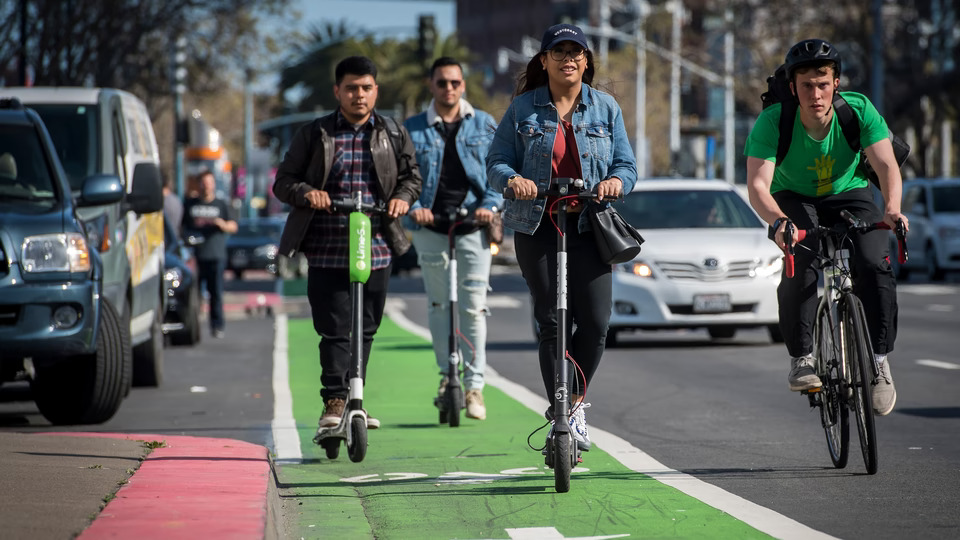
A new study by the electric scooter sharing company Dott found that men vastly outnumber women in their electric scooter ridership. Their research focused on the UK, France, and Italy, though I wouldn’t be surprised to find similar results of an electric scooter gender gap in NA.
At the end of 2021, 29% of Dott users were women, while 71% were men. However, the difference is smaller in markets where Dott electric scooters have been available the longest and among newer riders.
It’s not that women are not interested in riding an electric scooter. 35% of respondents indicated they would like to try Dott’s ride-sharing service. In particular, nearly 50% of women over 45 said they were open to using Dott e-scooters.

So what is preventing women from two-wheeled transportation? While safety concerns are one factor, most women point to the lack of infrastructure in their cities. They say sharing the road with cars and buses while on an e-scooter feels unsafe, and I can certainly empathize.
When I first rode my e-scooter in downtown Vancouver, taxis would pay no attention to my right of way. Plus, sharing the streets gets crowded when you are the smallest and slowest vehicle on the road.
On the other hand, 20% of women said they see e-scooters as a safer mode of travel at night compared to walking and public transportation, as it offers speed and agility. Additionally, some women indicated that they carry multiple bags or items they need to store while on the go. Existing e-scooter designs don’t lend themselves well to cargo, though e-bikes are an alternative.
The solution
Dott is helping bridge the electric scooter gender gap by offering free safety training sessions in London. They will also introduce greater parking density, so there are more designated spots to collect and leave e-scooters quickly.

As EVs become more popular and instrumental in reducing carbon emissions, regulators must consider how to accommodate the evolving needs of different communities. If cities want to encourage EV adoption, they should consider investing in more segregated cycle lanes and car-free or lower-speed limit zones.
Research like this is only the beginning of further studies providing insight into the needs of diverse electric scooter riders.